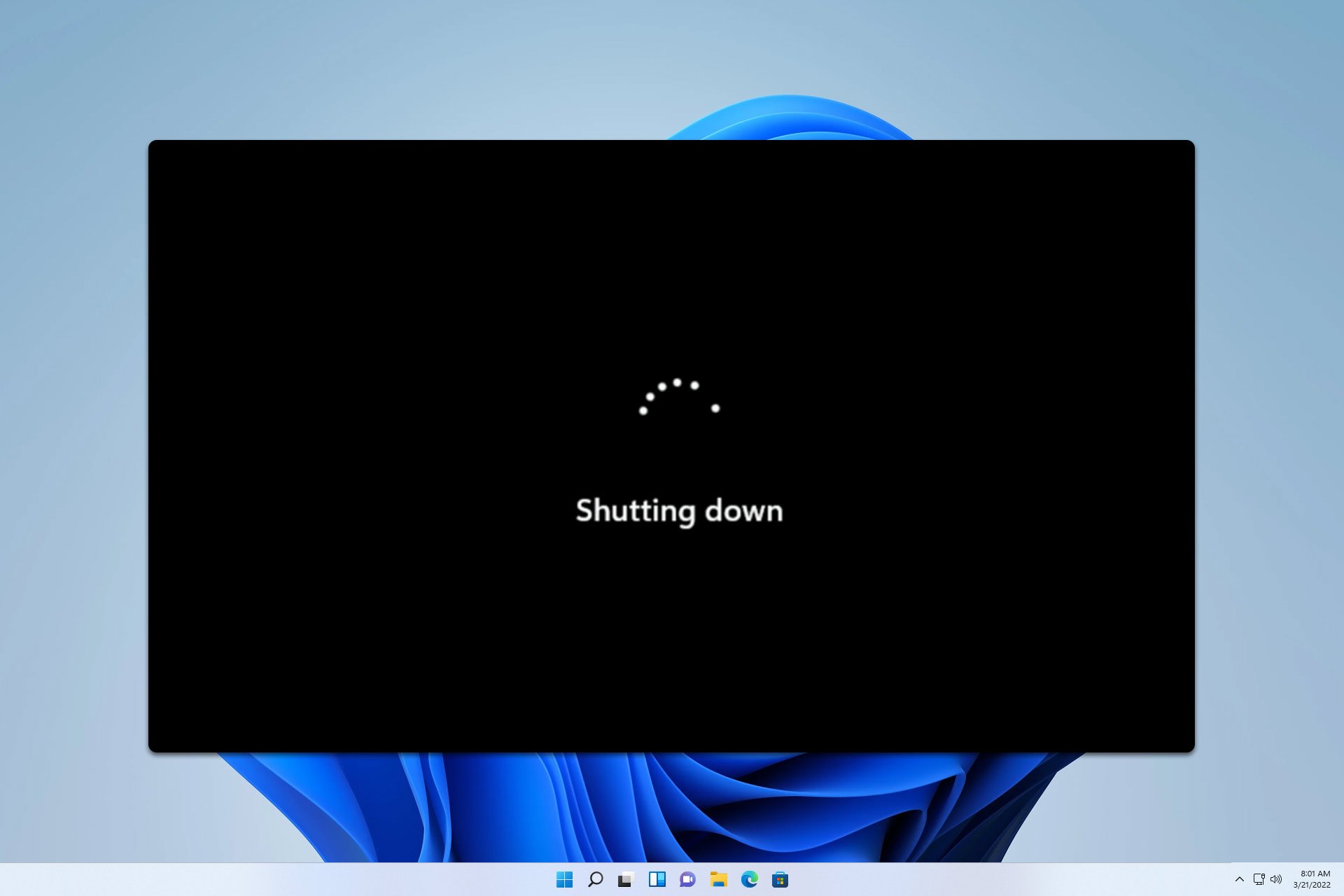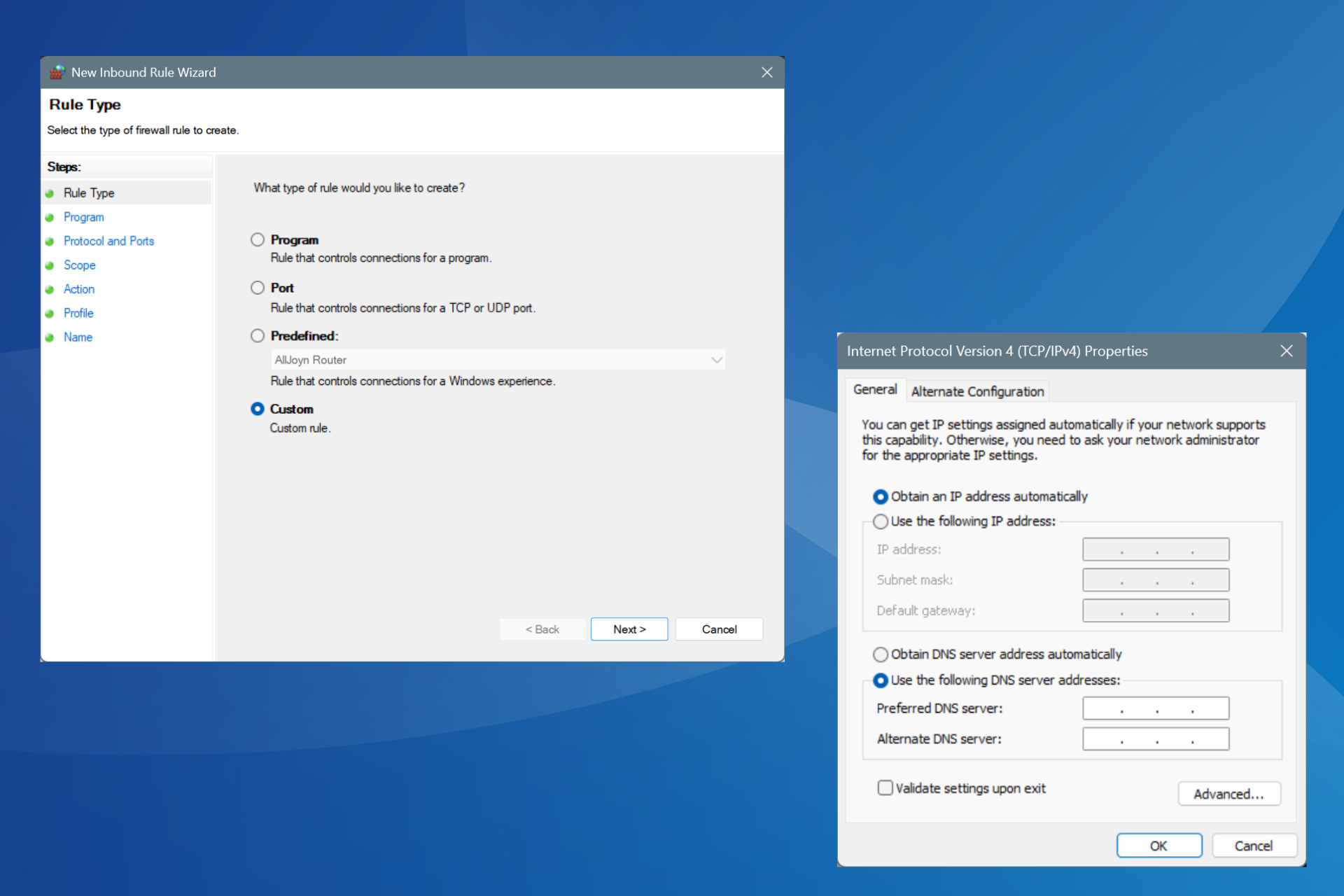How to Fix ERROR_BIOS_FAILED_TO_CONNECT_INTERRUPT
Updating your BIOS is one of the best bets in fixing this error
3 min. read
Published on
Read our disclosure page to find out how can you help Windows Report sustain the editorial team. Read more

ERROR_BIOS_FAILED_TO_CONNECT_INTERRUPT (Code 585) comes with the message The system BIOS failed to connect a system interrupt to the device or bus for which the device is connected. It is a Windows-specific error that occurs when the BIOS or UEFI firmware fails to connect an interrupt vector during the system’s initialization process. This issue often stems from firmware, hardware, or driver incompatibilities.
Before performing any complex troubleshooting, try simply restarting the system and see if the issue reoccurs.
How do I fix ERROR_BIOS_FAILED_TO_CONNECT_INTERRUPT?
1. Update BIOS/UEFI
 NOTE
NOTE
- First, identify your motherboard model. Use tools like System Information (msinfo32) or refer to the motherboard manual.
- Visit the manufacturer’s website.
- Download the latest BIOS/UEFI firmware.
- Follow the manufacturer’s instructions to update the firmware.
If you want more information, we have a complete guide on how to update the BIOS.
2. Check for hardware compatibility
If the ERROR_BIOS_FAILED_TO_CONNECT_INTERRUPT bug check appeared after you installed new hardware, make sure that the component is compatible with your configuration and system.
Also, try removing any non-essential devices (e.g., external drives, USB devices) and reboot. Use tools like MemTest86 or the manufacturer’s diagnostics tools to check for hardware faults. Here’s our guide on how to proceed if any hardware problems were detected.
Also, if you managed to boot up the computer with the new component installed, make sure you install the right drivers for it. Head over to the manufacturer’s support page and download the latest driver for your system. You might also consider getting a driver updater tool that will do that automatically, without the risk of mistakes on your part.
3. Restore BIOS/UEFI to default settings
- Enter the BIOS/UEFI during boot (F2, DEL, or the designated key shown in the manual of your motherboard).
- Locate the Load Default Settings or Load Optimized Defaults option.
- Save and exit, then reboot.
If you made any changes in BIOS prior to the ERROR_BIOS_FAILED_TO_CONNECT_INTERRUPT showing up, try restoring all the settings to default following the steps above and try booting your PC normally.
4. Perform a system check
- Click the Start button, type cmd and select Run as administrator from the results.
- Paste and run the following commands:
sfc /scannowchkdsk C: /f /r /x
Wait before the SFC scan is completed before running the CHKDSK scan. The first tool will correct any problems with the system, while CHKDSK will detect and fix any problems with the storage device.
5. Reinstall or repair Windows
Another viable solution is to use native and third-party boot-repair tools to fix Windows.
If nothing else works, you should also think about clean installing the OS, although we hope that the previous solutions above will handle this error.
By systematically addressing firmware, hardware, and software, you should be able to resolve ERROR_BIOS_FAILED_TO_CONNECT_INTERRUPT effectively. If you need further guidance, leave a comment in the dedicated section below.








User forum
0 messages